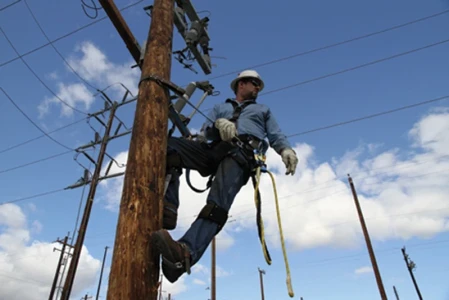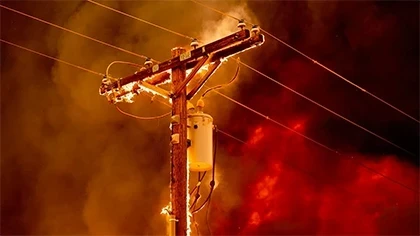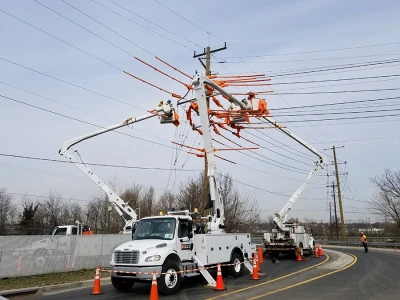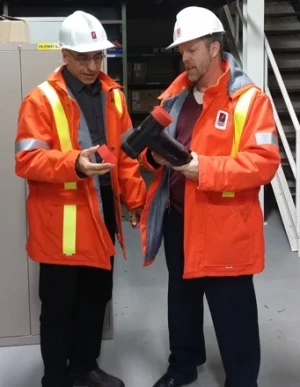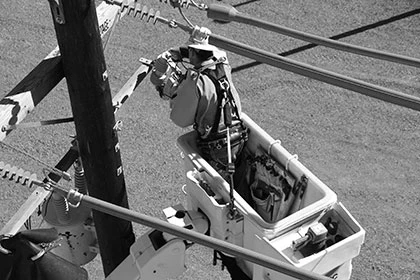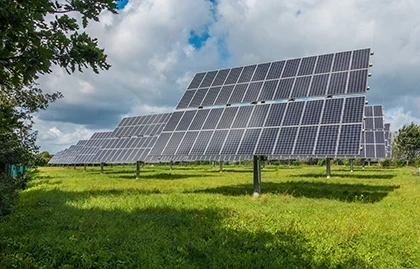Proper Inspection of Grounds and Jumpers is a Well Grounded Practice

Taking care of your grounds and jumpers
A lineman’s ground and jumper cables look and feel like they’re built to last forever, but looks can be deceiving. They get tossed in the truck, dropped in the mud, left hanging in the rain, and generally overlooked. With everyday use, we start to take them for granted. And slowly the wear and tear adds up, compromising their mechanical and electrical reliability. That’s why the care, maintenance, and regular testing of your grounds and jumpers are so important.
Take your personal protective grounding personally
Grounds
Grounds are essential cables that contribute to your personal protective grounding equipment. Before working on a de-energized powerline, a grounding cable is attached to the conductors. If, for some reason, the circuit suddenly re-energizes, the grounding cables will help to redirect the hazardous current to ground.
A re-energized powerline circuit can and does happen for a number of reasons, such as human error, static build-up, stored charges, and more. And with the higher loads and power capability of our electrical grid these days, you don’t want to take any chances. Use only well-built and well-maintained personal protective grounding equipment.
Jumpers
Temporary mechanical jumpers are devices used to carry electric supply circuits continuously for a short period of time. These cables are insulated to protect the lineman from hazardous voltages while performing their work.
What are personal protective grounds and jumpers made of?
A cable set looks pretty straightforward with a couple of clamps and some cable. But they are actually highly engineered to withstand a high current for the maximum amount of time it takes to clear a short circuit. Whether you order a pre-made or a custom cable set, make sure all the components meet industry standards.
Read full article in the Linemen Safety Special Edition 2022

